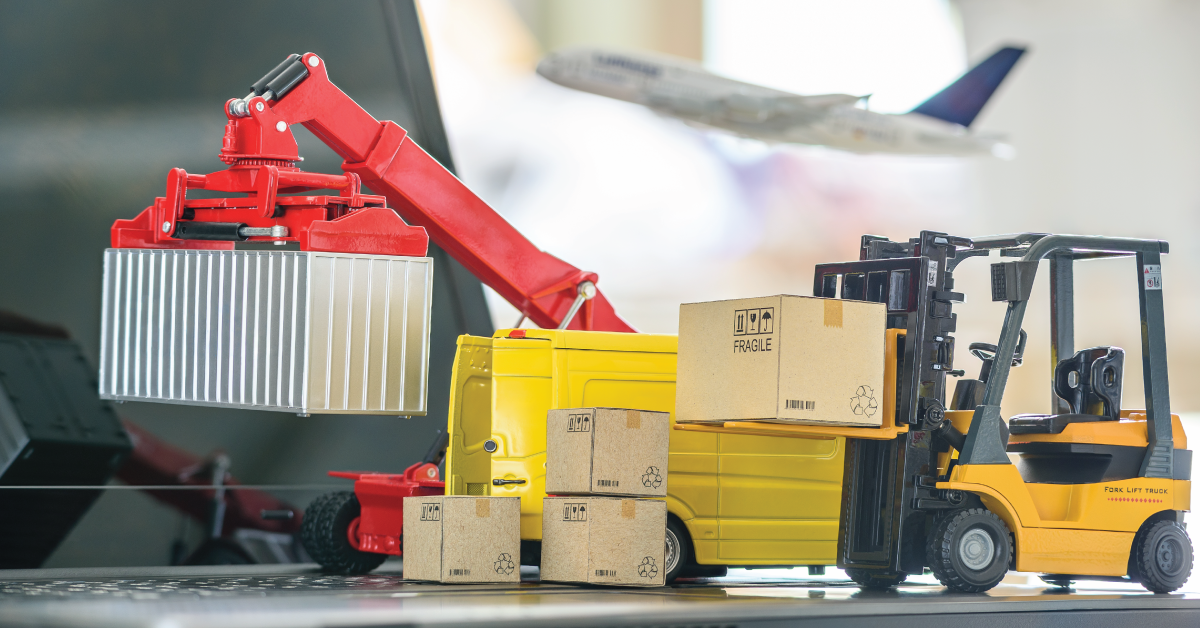
Boosting Supply Chain Competitiveness and Resilience through Automation Technology | Automate Smarter
Today’s complex business environment demands a modern supply chain strategy to boost competitiveness and build resiliency. The rapid evolution of supply chain automation has forced more and more companies to make deeper investments in technology. Technology can help your business increase the speed of your deliveries and give your customers greater control.
What AI Already Does Well in Supply Chain Management
The current generation of AI is already very good at two things needed in supply chain management. The first is forecasting, where AI predicts downstream demand or shortages. CIO Online notes that algorithms can detect one or more events they recognize as precursory to failure and warn assembly line operators before production quality falls short.
The second is inspection, where AI is used to spot problems in manufacturing. It can also certify materials and components and track them throughout the supply chain. Ultimately, AI will optimize supply chains to meet specific customer needs for any given situation. Enabling technology exists, but the remaining challenge is that it requires data sharing not found in supply chains today.
Supply Chain Automation Picks Up Speed
Automation is poised for another banner year of transforming global supply chain operations, delivering increased efficiency, accuracy, flexibility, visibility, and innovation. Supply chain industry research suggests that half or more companies will be investing in intelligent software in 2023 and catching the wave of new automation tools that are catapulting operators into a new era of supply chain management.
From artificial intelligence (AI) to machine learning (ML) and augmented reality, ketteQ observes technological advances are on the move. Still, the speed of advancement could provide the most gains in the years ahead. By 2026, 25% of supply chain decisions will be made across intelligent edge ecosystems or physical locations where things, people, and data connect, such as operators, machines, and sensors, according to Gartner. Another 75% of commercial supply chain management application vendors will deliver embedded advanced analytics (AA) and artificial intelligence (AI) within their applications to improve decision-making.
Generative AI is Revolutionizing Supply Chain Operations
The need for agile, resilient, and competitive supply chains has never been greater than today. A leading supply chain needs orchestration across the value chain. Internal and external stakeholders need fast, accurate information to plan, manage, and direct supply chains. Building on the core foundation, IBM describes how enterprises can deploy generative AI-powered use cases, allowing enterprises to scale quickly and be agile in a fast-paced marketplace.
Integrated generative AI accelerates intuitive conversations between supply chain decision-makers and virtual assistants, enabling fast and fact-based actions. These innovations empower supply chain professionals to focus on complex problem resolution, continuously improving our workflow designs and augmenting AI models. Adding generative AI and the power of foundational models to the existing solution is a natural step in the evolution of our supply chain capabilities.
Computer Vision is Revolutionizing Logistics
AI-based computer vision is changing how businesses operate and manage their supply chains. Using image and video analysis, Computer Vision can help identify problems and optimize logistics, transportation, and supply chain management processes. Next, the code writes that the benefits of computer vision in logistics include increased efficiency, improved safety, and reduced costs.
With advanced predictive analytics, computer vision opens a new door to logistics companies and businesses essential to the supply chain. Applying these tools, they can automate logistics processes in a way no one imagined a decade or two ago, making some systems fully autonomous. That creates great opportunities in terms of error prevention as well as effective use of space.
Process Mining Innovations Drive Value in Supply Chains
Performance management tools based on process mining techniques analyze data extracted from external and internal sources. These tools provide a comprehensive operational excellence approach and predictive analytics.
Process mining in logistics aims to optimize operational efficiency and improve customer experience. Specifically, AIMultiple reports process mining tools to identify bottlenecks like late deliveries and their root causes to prevent possible supply chain disruption. Logistics companies that applied decreased their warehousing costs by 40% and increased their on-time delivery by 18%.
Start Now, Think Big, Go Fast
The rapid evolution of supply chain automation has forced more and more companies to expand their supply chain strategy and make deeper investments in technology. The speed at which technical capabilities increase and ongoing supply chain disruptions require action and strong partners. Companies that embrace intelligent supply chain solutions will do business faster, better, and cheaper. To better understand how technology can make a difference to your supply chain strategy, let’s talk.
